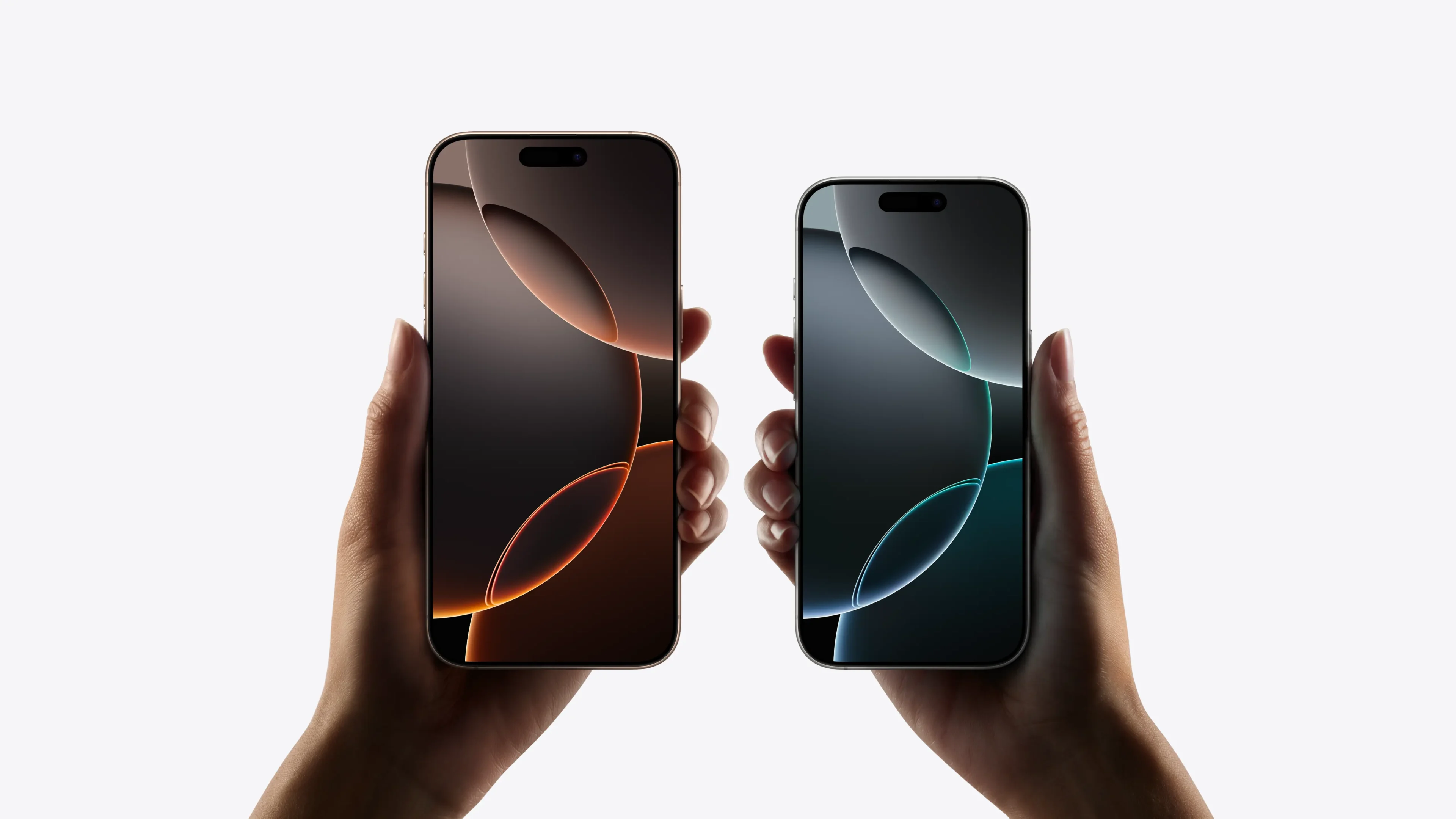Apple plans to make a significant change to its premium iPhone lineup in 2025. The iPhone 17 Pro and Pro Max may abandon their titanium frames in favor of aluminum. This shift aims to reduce production costs and mitigate potential tariff impacts on Chinese-made components.
The move marks a reversal from Apple’s recent strategy. The company introduced titanium frames with the iPhone 15 Pro models in 2023, touting their strength and lightweight properties. However, economic factors appear to be driving this design change for future devices.
Alongside the frame material switch, the iPhone 17 Pro models may feature a larger camera bump. This change could allow for improved camera capabilities, though details remain speculative at this early stage. Apple’s design choices often balance aesthetics, functionality, and manufacturing considerations.
iPhone 17 Pro and Pro Max: A Shift Back to Aluminum?
Rumors suggest the iPhone 17 Pro and Pro Max may not have titanium frames. Apple might switch back to aluminum. This is due to rising costs and possible tariffs on titanium. This change could make the Pro models cheaper.
Reasons for the Change
- Cost of titanium: Titanium is much more expensive than aluminum. This adds to the high price of the Pro models.
- Tariff risks: Possible tariffs on titanium could make it even more costly.
- Design consistency: Using aluminum for all models creates a consistent look across the iPhone 17 lineup.
- Aluminum’s strength: Aluminum is still a strong and durable material for phone frames.
Potential Benefits
- Lower prices: The iPhone 17 Pro and Pro Max might be more affordable.
- Simplified manufacturing: Using the same material for all models can make production easier.
Potential Drawbacks
- Less premium feel: Titanium has a more premium feel than aluminum.
- Weight difference: Aluminum is slightly heavier than titanium.
What to Expect
Even if the frames are aluminum, Apple may still offer new colors or finishes for the Pro models. They might also use different materials for future iPhones.
Comparison Table
| Feature | Titanium | Aluminum |
|---|---|---|
| Cost | High | Lower |
| Weight | Lighter | Slightly heavier |
| Durability | Very strong | Strong |
| Premium feel | More premium | Less premium |
| Tariff risk | Higher | Lower |
iPhone 17: Other Rumors and Expectations
Besides the frame material, there are other rumors about the iPhone 17.
- Improved cameras: The Pro models may have even better cameras with larger sensors.
- USB-C port: Apple might finally switch to USB-C for charging and data transfer.
- Faster processor: A new A19 chip will likely power the iPhone 17 series.
- New colors: Apple may introduce new color options for all models.
It’s important to remember these are just rumors. Apple has not confirmed any details about the iPhone 17 yet. We’ll have to wait for the official announcement to know for sure.
Key Takeaways
- iPhone 17 Pro models may switch from titanium to aluminum frames
- The change aims to reduce costs and avoid potential tariffs
- Camera bump size may increase on future Pro models
Design and Material Changes in iPhone 17 Pro Models
Apple’s upcoming iPhone 17 Pro models are set to undergo significant design changes. The shift in materials and construction aims to balance cost considerations with premium features.
Shift from Titanium to Part-Aluminum, Part-Glass Build
The iPhone 17 Pro and Pro Max will likely abandon their titanium frames. Apple plans to introduce a new part-aluminum, part-glass design for the back of these devices. This change marks a departure from the current all-glass back design.
The top portion of the back will feature a larger rectangular camera bump made of aluminum. This redesign represents the most substantial camera overhaul in years for the iPhone Pro lineup.
The switch to aluminum frames aligns the Pro models more closely with the base iPhone models in terms of materials used. This shift could impact the devices’ weight and durability.
Implications of Potential China Tariffs on Material Choice
Apple’s decision to move away from titanium may be influenced by potential tariffs on Chinese imports. Titanium’s high cost and vulnerability to trade tensions make it a less attractive option for future iPhone models.
The use of aluminum could help Apple maintain competitive pricing in the face of potential tariffs. This material choice also offers more flexibility in sourcing and manufacturing.
Apple’s strategy appears to balance premium features with cost-effective production methods. The company aims to navigate potential trade challenges while delivering high-end devices.
Wireless Charging and Material Compatibility
The new part-aluminum, part-glass design raises questions about wireless charging capabilities. Glass backs have been crucial for enabling wireless charging in previous iPhone models.
Apple will likely ensure that the redesigned iPhone 17 Pro models maintain wireless charging functionality. The company may use specific materials or design elements to preserve this feature despite the new construction.
The placement and size of the glass portion on the back will be critical. It must be large enough to accommodate efficient wireless charging while allowing for the new aluminum elements.
Frequently Asked Questions
The potential shift from titanium frames in the iPhone 17 Pro and Pro Max raises several questions about materials, costs, and design implications. These queries address key concerns for consumers and industry watchers alike.
What materials will the iPhone 17 Pro and Pro Max use instead of titanium frames?
Apple may switch to aluminum frames for the iPhone 17 Pro and Pro Max. This material is already used in the standard iPhone models. The change could result in a part-aluminum, part-glass design for the device’s rear.
How might tariffs on China affect the production and cost of the iPhone 17 Pro models?
Potential tariffs on Chinese imports could increase production costs for Apple. This may influence the company’s decision to seek more cost-effective materials and manufacturing processes for the iPhone 17 Pro models.
Are there any expected changes in the durability of iPhone 17 Pro and Pro Max with the new frame material?
The durability of the iPhone 17 Pro and Pro Max may differ if aluminum replaces titanium. Aluminum is generally softer than titanium, which could impact the device’s resistance to scratches and dents.
Will the abandonment of titanium frames impact the weight and design of the iPhone 17 Pro and Pro Max?
A switch to aluminum frames could make the iPhone 17 Pro and Pro Max lighter than their predecessors. This change might also allow for new design possibilities, potentially altering the look and feel of the devices.
How could the cost reduction from not using titanium influence the price of the iPhone 17 Pro and Pro Max for consumers?
The use of aluminum instead of titanium could lower production costs for Apple. This reduction might lead to more competitive pricing for consumers or allow Apple to invest in other premium features without raising prices.
What are the environmental implications of switching from titanium to alternative materials in the iPhone 17 Pro manufacturing?
Aluminum is more abundant and easier to recycle than titanium. This change could potentially reduce the environmental impact of iPhone production. However, the full environmental implications would depend on the specific manufacturing processes used.







